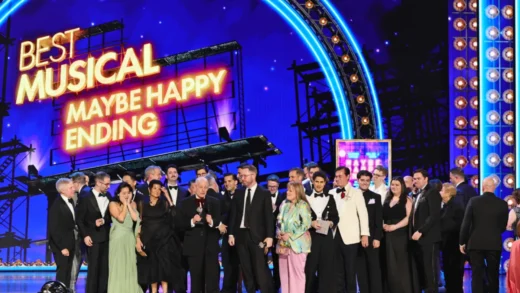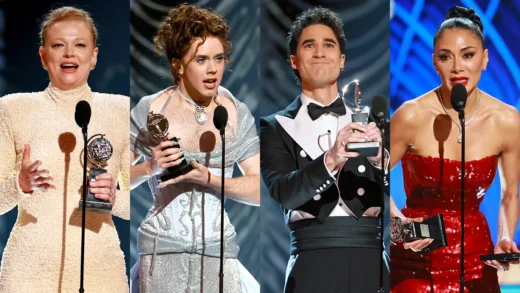The Westfield Century City mall runs a dozen of the latest blockbusters at its modern movie theater here, but recently some of the most cutting-edge entertainment was playing one story below, at a pop-up store across from Bloomingdale’s.
That’s where groups of six could enter a railed-off area, don backpacks and headsets, and wander in the dark around the “Alien Zoo,” a 12-minute virtual-reality outer-space experience with echoes of “Jurassic Park.”
By bringing the piece to the mall, “Zoo” producer Dreamscape Immersive — it counts Steven Spielberg among its investors — hopes it has cracked a major challenge bedeviling the emerging form of entertainment known as cinematic VR.
Cinematic VR allows viewers to live entirely inside a film. They put on goggles and look at the universe around them — behind, above, anywhere they turn their gaze — and still see the world of the movie. Some in the entertainment industry view it as perhaps the greatest advance in entertainment since the addition of sound to movies nearly a century ago, involving the senses in ways they’re not involved when the real world is visible next to a screen.
But while investors in Hollywood and elsewhere have poured in hundreds of millions of dollars, drawing top talent and yielding a creative explosion, cinematic VR has produced little in the way of commercial success or popular acceptance.
“I think a lot of people want to be immersed,” Bruce Vaughn, Dreamscape’s CEO, said in an interview at the pop-up. “But the tech has to get out of the way.”
Cinematic VR seeks to fundamentally change the compact between viewer and director, and its struggles show how little even ultramodern developments like Netflix and computer-generated effects have previously revised that agreement.
The new medium promises to make a static experience more interactive. But to do so it must walk a line between the passive consumption of a movie and the fully immersive experience of a video game, and creators haven’t decided how much control they want to give up and consumers seem ambivalent about how much of it they want.
“One threshold that has not been crossed yet is between stories we watch and stories we live,” said Chris Milk, a former music-video director who is considered a pioneer of VR content. “The right balance is very elusive.”
That hasn’t stopped many creators from pressing ahead. January’s Sundance Film Festival, ground zero for cinematic VR, hinted at a future in which consumers can regularly drop into rich participatory worlds. Creators premiered a wide variety of short-form content, including a Pixar-style adaptation of a Neil Gaiman graphic novel, socially networked science fiction from animator Tyler Hurd, and a plunge into black holes from VR filmmaker Eliza McNitt and Hollywood auteur Darren Aronofsky, the last of which sold for more than $1 million to a start-up company called CityLights.
(Excerpt) Read More in: The Washington Post




